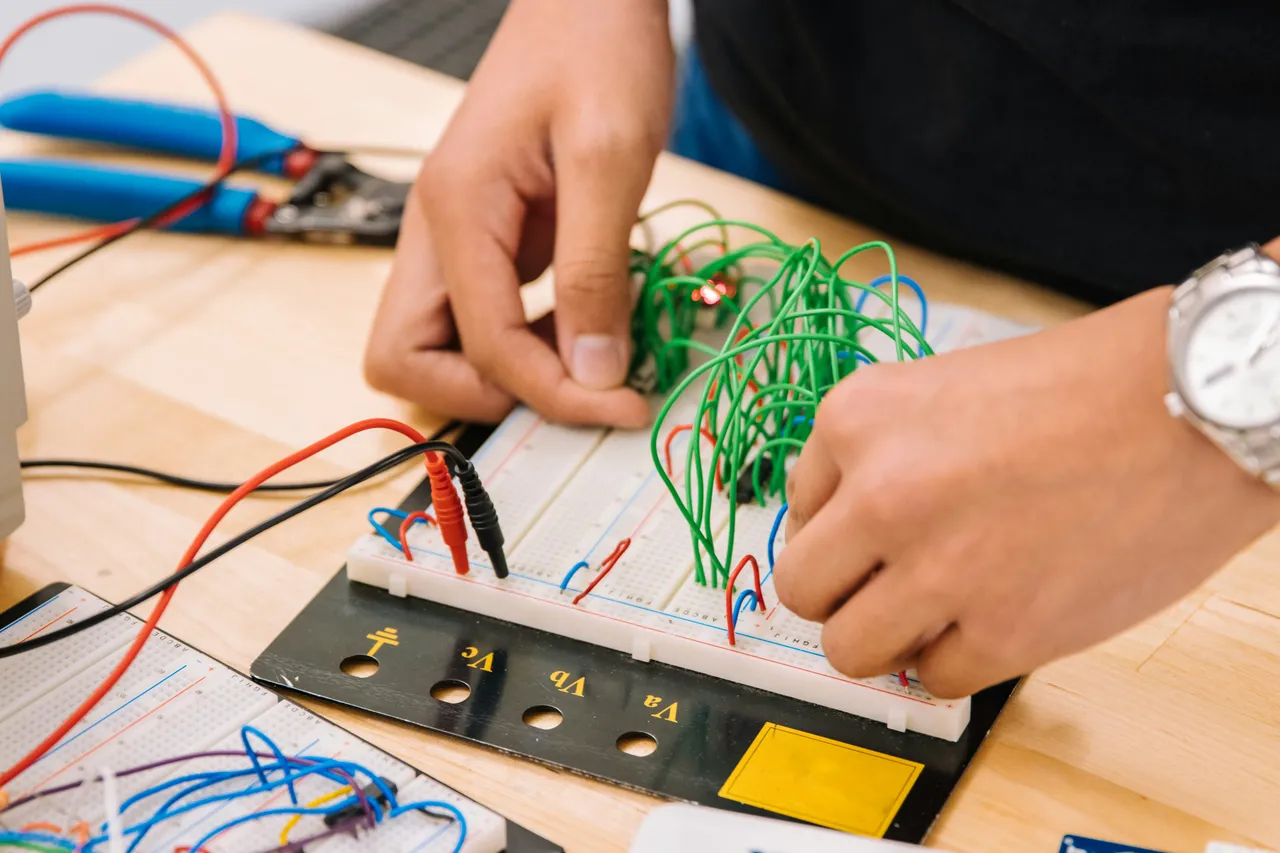
Image info
The Role of Solar Power Innovations in Driving Sustainable Cities
As urban areas continue to expand and face the pressing challenges of climate change, resource scarcity, and pollution, the need for sustainable solutions has never been more urgent. Did you know that cities account for approximately 70% of global carbon emissions? According to the United Nations, urban areas are significant contributors to greenhouse gas emissions. Solar power innovations are emerging as a pivotal force in driving sustainability within cities. By harnessing the sun's energy, urban environments can transition from being mere consumers of energy to becoming proactive producers. This article explores how advancements in solar technology contribute to the development of sustainable cities, the benefits they bring, and the challenges that must be addressed to fully realize their potential.
Advancements in Solar Technology
One of the most exciting developments in solar energy is the rise of perovskite solar cells. These innovative cells promise higher efficiency rates and lower production costs compared to traditional silicon-based solar cells, making solar energy more accessible and affordable. Perovskite cells can achieve efficiencies exceeding 25%, compared to around 20% for conventional silicon cells. Furthermore, the production of green hydrogen using solar energy is gaining traction. This clean energy carrier not only facilitates energy storage but also offers a sustainable solution for transportation.
In addition to these advancements, energy storage technologies are evolving rapidly. Innovations in battery technology, such as lithium-sulfur and solid-state batteries, are enhancing the reliability and stability of solar energy systems, making them more suitable for urban applications.
Integration of Solar Power in Urban Infrastructure
Cities around the world are increasingly integrating solar technologies into their infrastructure. This transformation allows urban areas to shift from being energy consumers to energy producers. By incorporating solar power into buildings, public spaces, and transportation systems, cities can create energy-efficient environments that contribute to sustainability.
For instance, solar panels can be installed on rooftops, while solar-powered streetlights and public transportation systems can further reduce a city's carbon footprint. This integration not only promotes sustainability but also enhances the resilience of urban energy systems.
Benefits of Solar Power in Urban Settings
The benefits of solar power in urban settings are multifaceted. Firstly, solar energy significantly reduces reliance on fossil fuels, leading to lower carbon emissions and cleaner air. This is particularly important in densely populated cities, where air quality is often compromised.
Secondly, adopting solar technologies can result in substantial cost savings for residents and businesses. By generating their own electricity, urban dwellers can reduce their energy bills and protect themselves from fluctuating energy prices. Studies show that homeowners with solar panels can save an average of $1,500 annually on energy costs, according to the Solar Energy Industries Association.
Moreover, solar power enhances energy resilience. Distributed solar installations can alleviate pressure on centralized power grids, ensuring a more stable energy supply for urban areas. This is especially important during peak demand periods or in the event of natural disasters.
Challenges to Solar Adoption
Despite the numerous benefits, cities face several challenges in adopting solar energy solutions. One significant barrier is the high initial costs associated with solar infrastructure. While prices have been decreasing, the upfront investment can still be prohibitive for many municipalities.
Additionally, regulatory barriers can hinder the implementation of solar projects. Complex regulations can slow down the adoption of solar technologies. For example, a survey by the Solar Energy Industries Association found that 30% of solar projects face delays due to permitting issues.
Space limitations also pose a challenge, particularly in densely populated urban areas where available land for solar installations is scarce. Finally, there is often a need for increased public awareness and education to encourage participation in solar programs.
Innovative Solutions to Overcome Challenges
To address these challenges, cities are exploring innovative solutions. Technologies such as artificial intelligence (AI) and smart sensors are being utilized to improve energy management in urban settings. These tools can optimize energy consumption, enhance grid stability, and facilitate the integration of renewable energy sources.
Community initiatives that educate and engage the public in solar energy adoption are also important. For instance, programs that provide financial incentives for solar installations can encourage more residents to participate in solar programs and contribute to the transition toward sustainable energy.
Conclusion
Solar power innovations are pivotal in developing sustainable cities. As urban areas continue to evolve, embracing these technologies will be essential for creating a cleaner, more resilient future. By investing in solar energy, cities can not only reduce their carbon footprint but also foster economic growth and enhance the quality of life for their residents. Urban leaders must recognize the potential of solar power and take bold steps toward a sustainable future, such as implementing supportive policies and investing in solar infrastructure.
This article was developed using available sources and analyses through an automated process. We strive to provide accurate information, but it might contain mistakes. If you have any feedback, we'll gladly take it into account! Learn more

